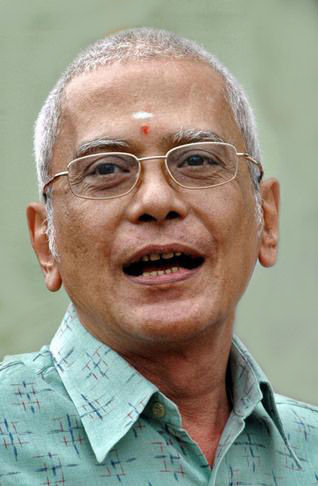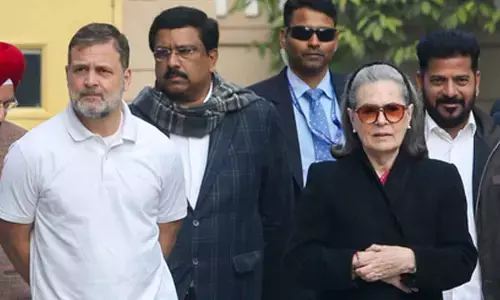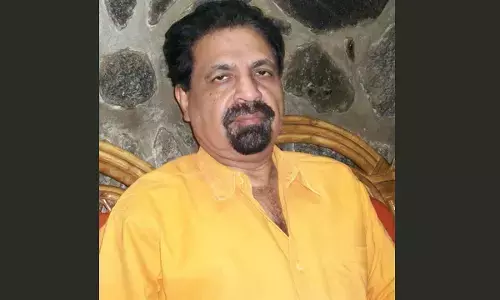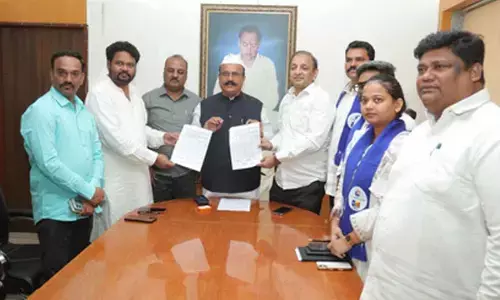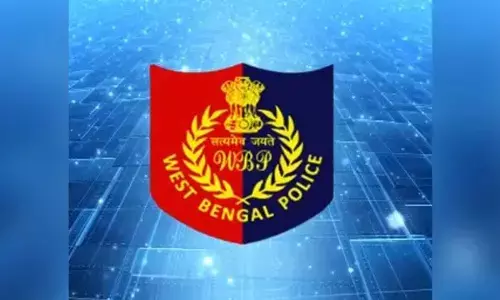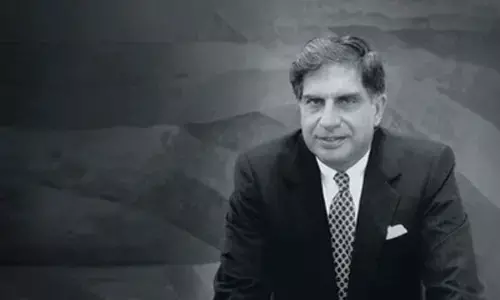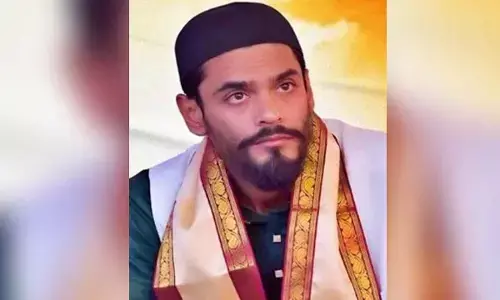Stirring up a hornets' nest
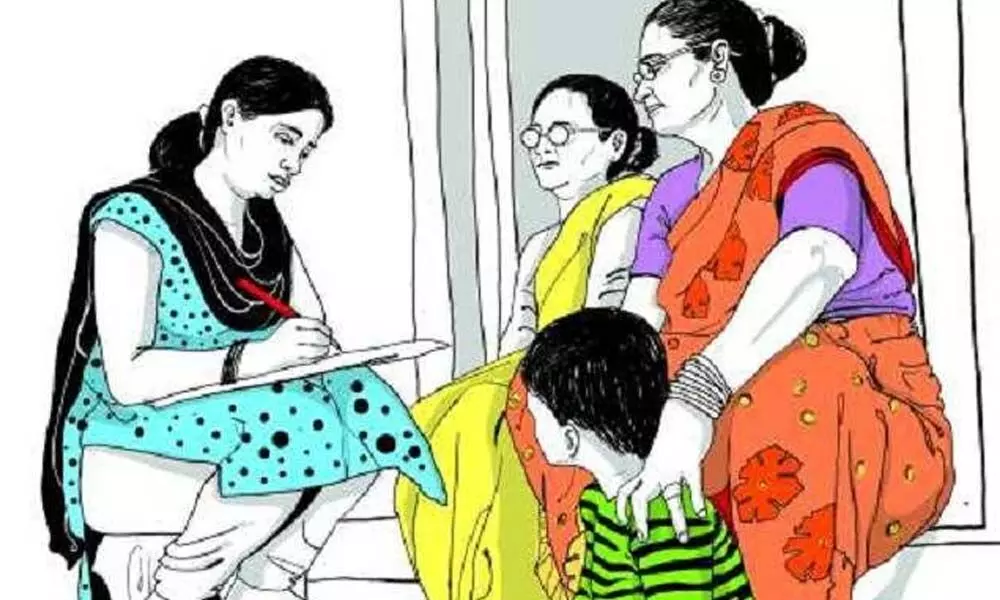
Stirring up a hornets’ nest
A demand was made, in the recently concluded session of Parliament, for a nationwide caste census, as a prelude to the lifting, by legislative route, the 50% cap on reservation imposed by the Supreme Court
A demand was made, in the recently concluded session of Parliament, for a nationwide caste census, as a prelude to the lifting, by legislative route, the 50% cap on reservation imposed by the Supreme Court. The country has nine regions, 7,000 castes and 20,000 sub-castes / tribes.
There are various theories about how the concept of caste originated and evolved. Traditional theory has it that the system was an extension of the Varna system prescribed by Vedic scriptures. The political theory says that it was a device invented by the Brahmins in order to preserve their superiority in society, while the evolution theory tells us that the system came into existence as a process of social revolution and not as a sudden phenomenon.
The caste system, really, served as a substitute for education, through the device of division of labour. It is a dynamic phenomenon, and a function of several parameters. It is regarded as the original foundation for the diversity, and richness, that are characteristic of Indian culture today.
Interestingly, similar systems are also to be found in countries such as Nepal, Pakistan and Sri Lanka. China, Korea, Yemen. Countries in Africa and Europe also have systems which are akin to the caste system, though not quite the same.
The reservation system in India dates back to the 2nd century BCE, whereby the upper classes enjoyed some special privileges. The idea of a caste-based census dates back to 1882, and was the result of the tireless efforts of social activist Jyotirao Phule, and also the recommendations of the Indian Educational Commission, Constituted by Lord Ripon, Governor General of India, and headed by William Hunter ICS.
In 1933, The British Prime Minister, Ramsey McDonald, presented the Communal Award, which made a provision for separate electorates for Muslims, Sikhs, Indian Christians, Anglo – Indians, Europeans and Dalits. In protest against that decision Gandhi went on a fast, to end which, the Poona pact was signed by Ambedkar and Madan Mohan Malviya, following which the number of seats reserved for depressed classes was doubled.
Ideological misgivings are entertained in some quarters, that reservations can adversely impact competition. That argument is countered by those who say that the absence of the reservations does not necessarily offer a level-playing ground.
Some feel that reservations hamper efficiency of performance in organisations. On the other hand, studies have shown reservations have not affected efficiency and have, in fact, enhanced the quality of performance in the organisations concerned.
Studies have, in fact, shown that as many as 25% of reserved vacancies have been filled only by 10% of the dominant sub-castes out of a total numbering 2,633. And that 97% of available opportunities went to 25% of the same. Critics of the proposed census have also pointed out that it would truly be a dangerous exercise, undertaking which would be to invite certain political disaster. In any case, it is difficult to conduct such a census for various reasons, such as unresolved issues relating to integrity of data, efficacy of the methodology of collection, collation and analysis, and difficulty in ascertaining claims of the individuals canvassed, etc. As a matter of fact, no census at all would appear a better option, than one based on corrupted data.
The Supreme Court has ruled that there is no fundamental right to reservation and that the hand of the state cannot be forced in that regard.
Those who oppose the reservation arrangement also point out that it leads to perpetuation of the caste system and allows elites to dominate sub-castes within their own castes. The entire exercise may, they fear, end up adding fuel to existing divisive tendencies. According to them, the direction in which an enlightened society should move should be to preserve, not the caste system, but democracy.
Coming back to the question of the census, it would appear, prima facie, that in a secular and independent country, there should be no scope for such an exercise. But the central and the state governments have the duty to protect the interests of the vulnerable sections of society, and reservations have been known to be one way of ensuring that objective, leading, as they do, to increased access to employment and education.
Clearly, the central and the state governments are faced with a balancing act, politically, between promising the so-called lower castes a better future, while at the same time, keeping the core supporters of the ruling party happy. The question appears to be whether sleeping giants are best left alone.
Suggestions have emerged in certain quarters that, alternatively, the governments should perhaps opt for a division between the educated and the uneducated, the literate and the illiterate and the rich and poor. While sitting on the horns of such a dilemma, equivocation is the natural political response in such a situation for governments, as a caste census would shrink the much-needed elbow room for the ruling parties. To use a much worn out cliché, the governments are caught between the proverbial devil of correcting inequity, and equality and injustice on the one hand and the deep sea of preserving the pockets of assured political support on the other.
Passing the buck to the states, as the central government did recently by piloting the 127th Constitutional amendment (which restores to the states the power to draw up their own OBC list, thus leaving the choice to them), only amounts to shirking the responsibility.
The politically savvy will have noted that the Hindu identity politics is simple, as the cost of the discrimination it causes is borne by the Muslim community. In the case of backward classes, however, the burden is borne by the hitherto excluded sub-castes within the OBC community. It really is a Catch-22 situation in which the alternatives namely, as Shakespeare's Hamlet said, 'to be' and 'not to be' offer, only a Hobson's choice. Disaster stares in the face either way.
Right time, perhaps, to ask the government at the Centre and the states, "Quo Vadis"?
(The writer is former Chief Secretary, Government of Andhra Pradesh)
(The opinions expressed in this column are that of the writer. The facts and opinions expressed here do not reflect the views of The Hans India)

